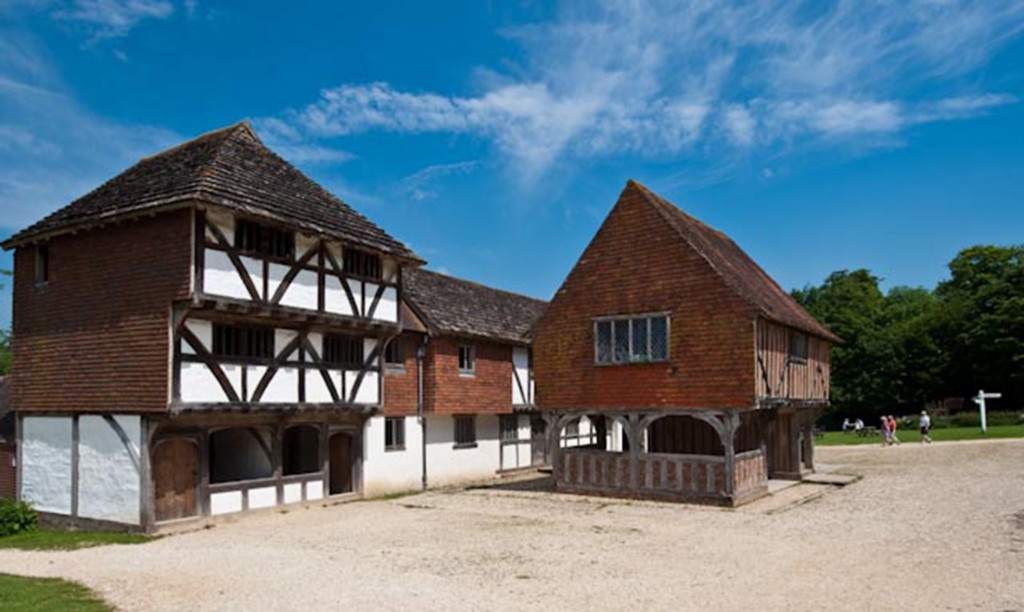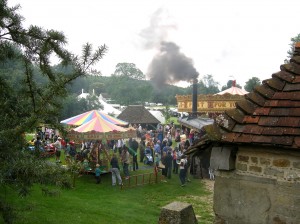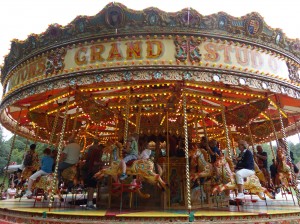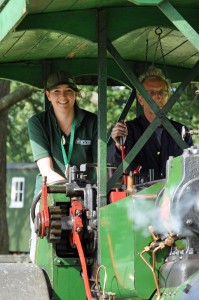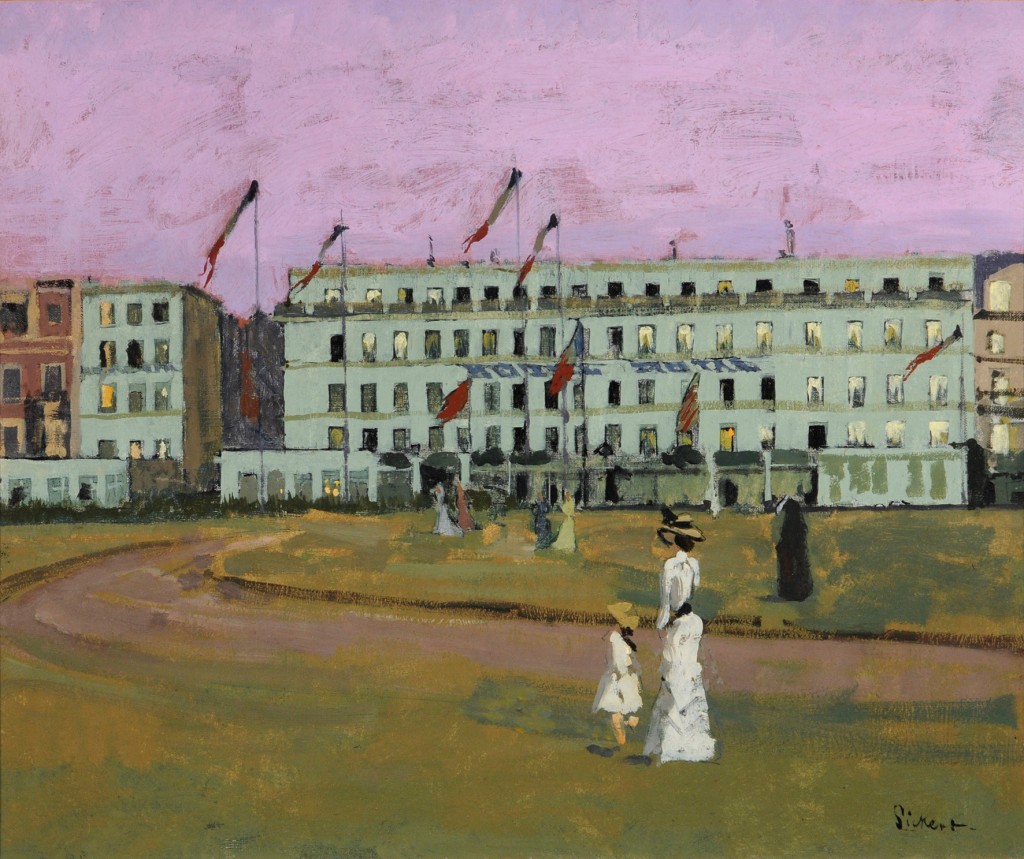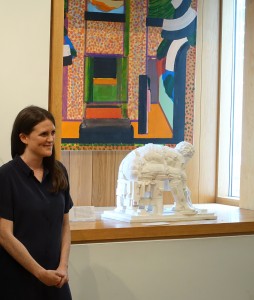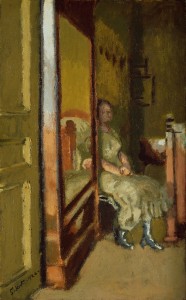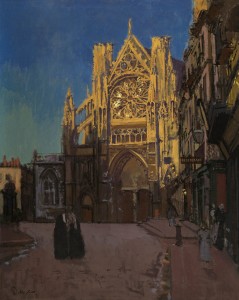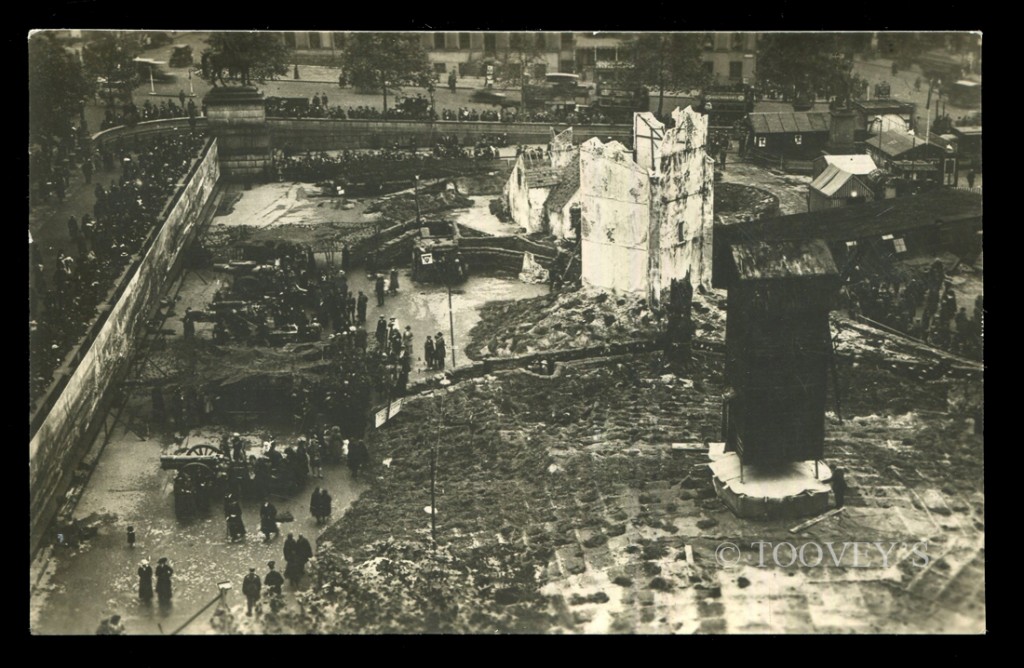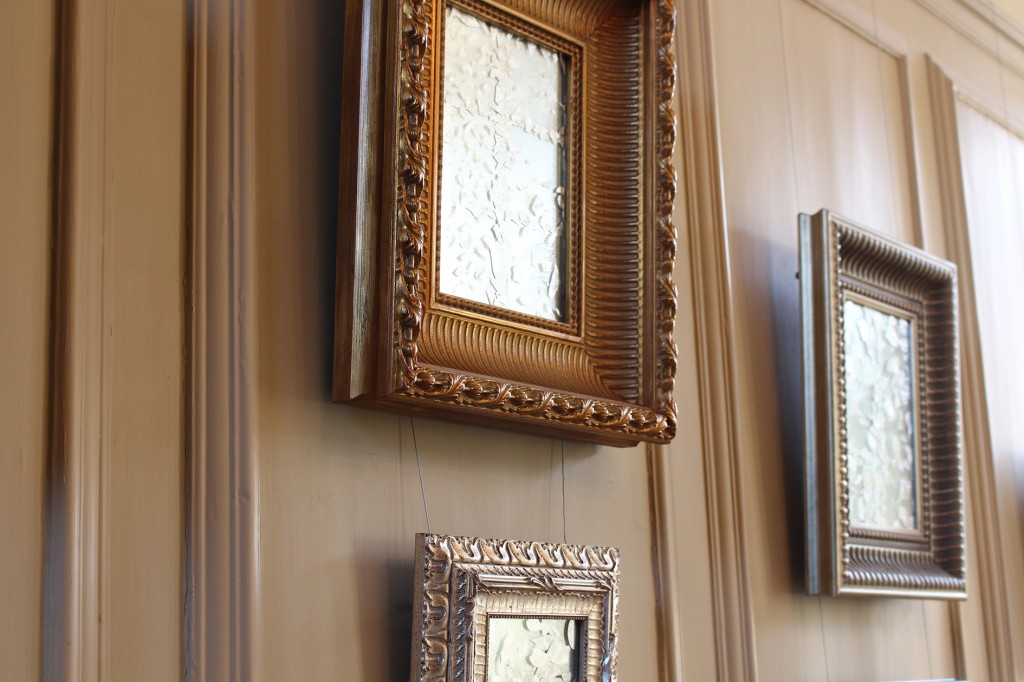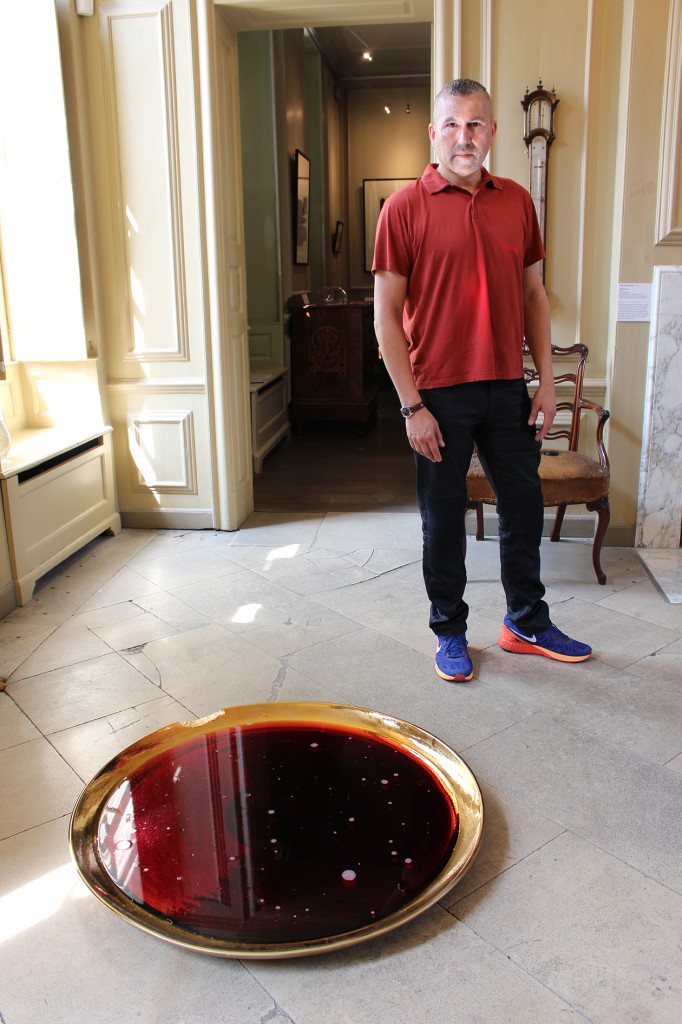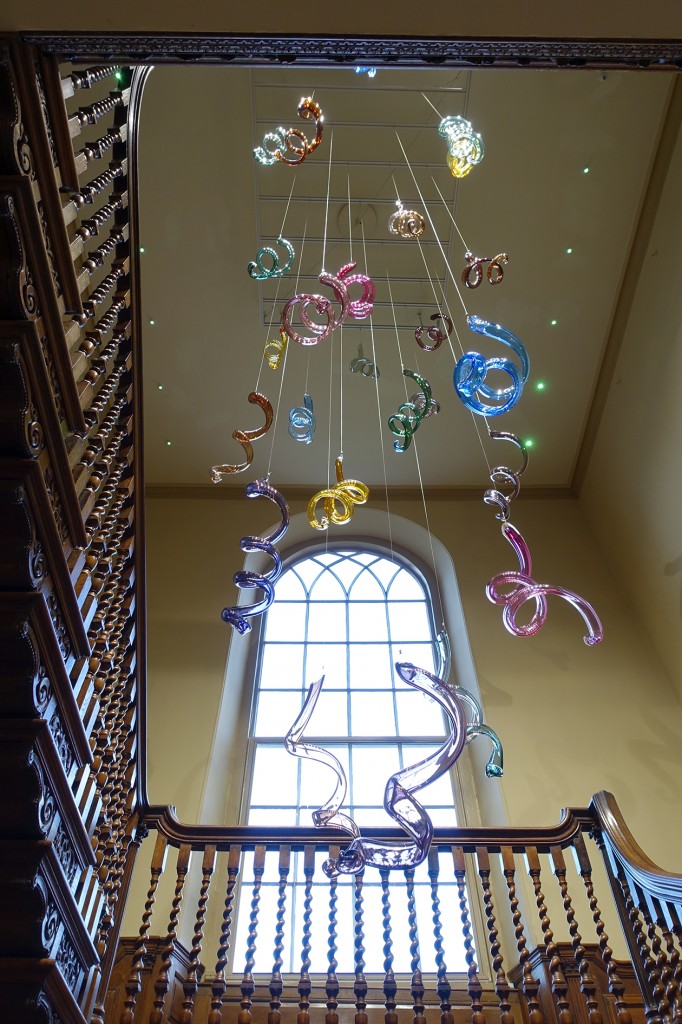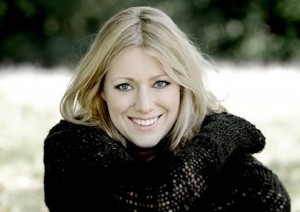
Tickets have just gone on sale for a world class concert which is to be held on Battle of Britain Sunday, 20th September 2015, at Steyning Parish Church. The Steyning Battle of Britain Memorial Concert brings together an extraordinary group of international musicians.
Amongst these is the soprano Sophie Bevan. She is at the forefront of a remarkable new generation of British singers. Sophie is no stranger to followers of the English National Opera and Glyndebourne festival with numerous leading roles. Together with her sister Mary Bevan we are delighted to be welcoming them at Steyning.
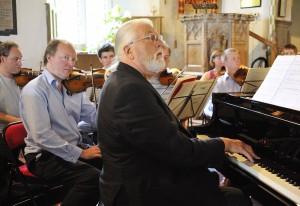
Seventy-five years ago during the summer and autumn of 1940 the Battle of Britain was fought over the skies of Sussex and the South East of England. Civilisation and righteousness hung in the balance as our courageous young airmen took to the skies to defend our principles and freedoms. Winston Churchill famously remarked that “The gratitude of every home in our Island…goes out to the British airmen who, undaunted by odds, unwearied in their constant challenge and mortal danger, are turning the tide of the World War by their prowess and by their devotion. Never in the field of human conflict was so much owed by so many to so few.” I too have shared that great sense of gratitude.
Through my childhood and professional life, both as auctioneer and priest, it has been my privilege to accompany the war time generation who largely remained open hearted and hopeful about the world, with a generosity inspired by their common experience.
Following on from the great successes of this year’s Shipley Arts Festival, Andrew Bernardi and myself decided to organise a Battle of Britain Memorial Concert at Steyning Parish Church, where I serve, to honour the men and women of the RAF. Soloists including: Sophie Bevan (soprano), Mary Bevan (soprano), Andrew Bernardi (violin), Graham Salter (oboe), Bruce Martin (flute), together with the Bernardi Music Group and the Choir of Our Most Holy Redeemer, Chelsea, will be conducted by David Bevan. The concert builds on Steyning Parish Church’s strong musical tradition.
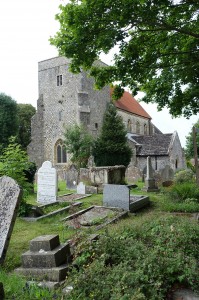
The program begins with J.S. Bach’s Orchestral Suite no.2 in B minor BWV 1067 and Concerto for Violin and Oboe in D minor BWV 1060. An interval with Pimm’s will be followed by extracts from Mozart’s Mass in C minor.
Mozart’s Mass in C minor K427 is generally regarded as one of his greatest choral works. He began it in celebration of his marriage but the piece was never completed. The Mass took Mozart’s unpredictable genius to new heights and is one of the most extraordinary pieces of sacred music ever written. It seems fitting that these pieces should be played in memory of and to honour all those who fought to save our island nation.
The concert will conclude with a world premiere performance of ‘To Notice Such Things’ by the late Jon Lord, formerly of Deep Purple.
Sponsored by Toovey’s and Spofforths, The Steyning Battle of Britain Concert will be held at 5.00pm on Battle of Britain Sunday, 20th September 2015, at Steyning Parish Church. Tickets priced at just £18.00 are on sale now through the Capitol Theatre Box Office. Go to www.thecapitolhorsham.com/whats-on/allshows/the-steyning-battle-of-britain-memorial-concert or telephone 01403 750220.
By Revd. Rupert Toovey. Originally published on 19th August 2015 in the West Sussex Gazette.
